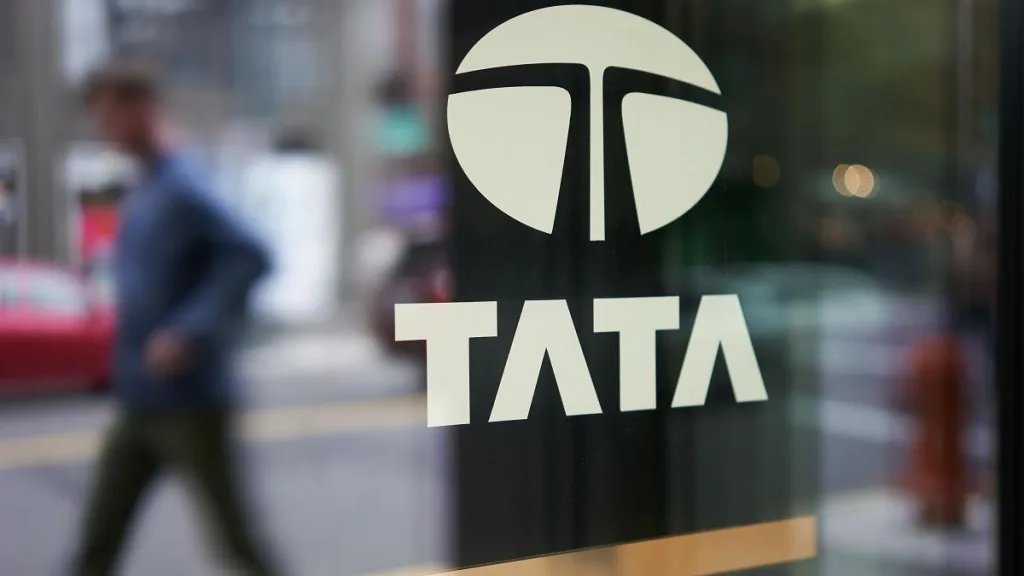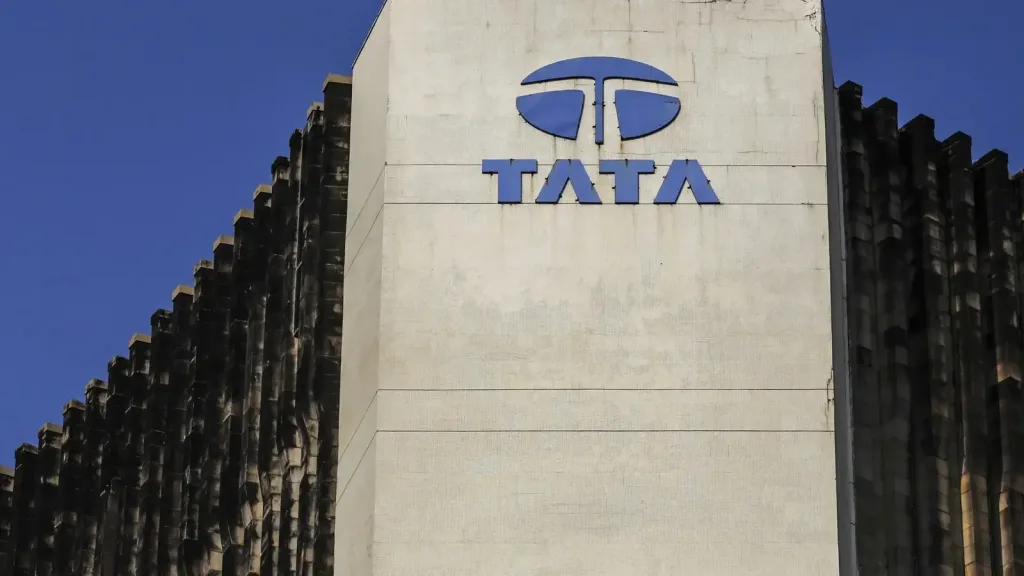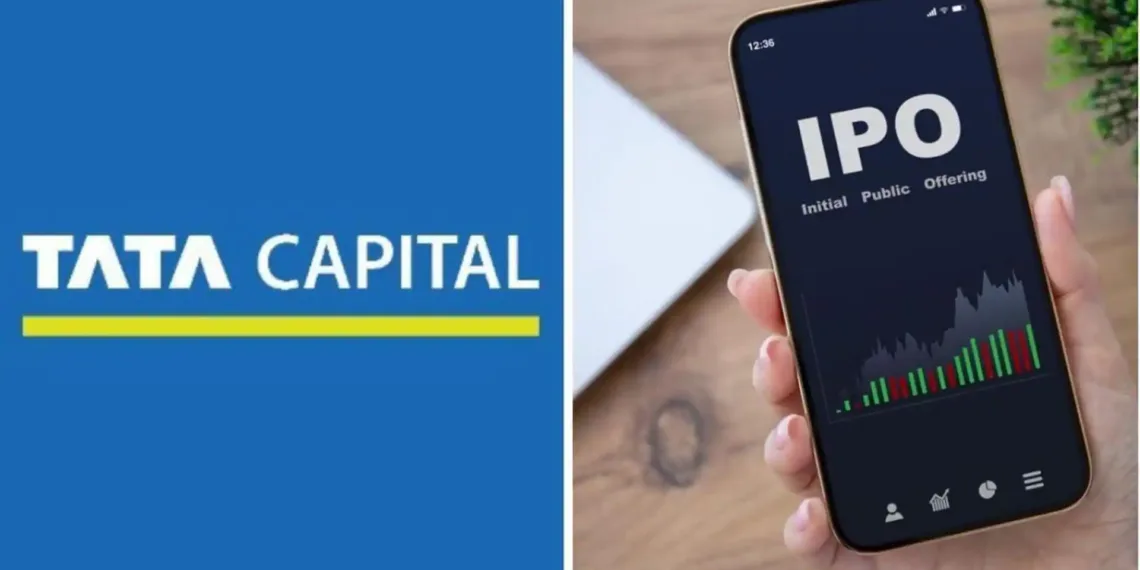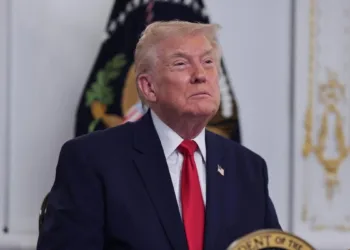The Indian financial services landscape is witnessing a significant milestone as Tata Capital Ltd., the financial arm of the prestigious Tata Group, strategically positions itself to enter the public markets through a confidential IPO filing. On April 5, 2025, the company discreetly submitted its draft papers to the Securities and Exchange Board of India (SEBI), joining a growing cohort of major players opting for this less transparent but increasingly popular route to public listing. With an estimated valuation of up to $2 billion (approximately ₹15,000-17,000 crore), this offering stands to become one of India’s most substantial financial sector listings in recent years.
The move comes as Tata Capital approaches a regulatory deadline, having been categorized as an “upper-layer NBFC” by the Reserve Bank of India in 2022—a designation that requires public listing within three years. Beyond mere regulatory compliance, this strategic IPO represents the culmination of careful corporate restructuring, including the pending merger with Tata Motors Finance, and positions Tata Capital as the 17th publicly traded entity in the Tata Group’s extensive portfolio.
Table of Contents
Tata Capital IPO Structure: A Strategic Combination of Fresh Issues and Stake Sales
Tata Capital’s initial public offering presents a carefully constructed financial strategy that balances the company’s capital needs with providing an exit opportunity for its long-term investors. According to information shared with NDTV Profit, the IPO will comprise two distinct components: a fresh issue of 23 crore equity shares and an offer-for-sale (OFS) by existing shareholders. This dual structure serves multiple purposes—while the fresh issue will inject much-needed capital directly into the company’s operations, the OFS component provides an exit mechanism primarily for Tata Sons, which currently holds an overwhelming 93% stake in the financial services firm.

The sizing of this IPO is particularly significant, with the overall offering likely to reach up to $2 billion (₹15,000-17,000 crore), positioning it among the largest public offerings in India’s financial services sector. This substantial size reflects both Tata Capital’s extensive operations and the substantial investor interest expected for a Tata Group financial entity entering the public markets. For context, the company reported impressive financial metrics for the fiscal year ended March a 2024, including revenue of ₹18,178 crore (a 34% year-on-year increase) and a record annual net profit of ₹3,150 crore.
The timing of this IPO filing follows strategic preparatory moves by Tata Capital, most notably a ₹1,500 crore rights issue completed in February. During this capital raise, Tata Sons maintained its dominant position by subscribing to its full entitlement, while minor shareholders, including the International Finance Corporation (IFC), also participated. The company explicitly stated its intention to deploy these proceeds towards expanding its lending activities and improving leverage ratios—essential preparations for presenting an attractive financial position to public market investors.
The impending public offering represents the culmination of long-term strategic planning rather than an opportunistic market entry. Tata Capital has been methodically preparing for this transition to public ownership, with significant corporate restructuring activities, including the pending merger with Tata Motors Finance, for which final NCLT approval is expected by the close of the current financial year.
The Confidential Route: Protecting Competitive Advantages in the NBFC Landscape
Tata Capital’s decision to file its Draft Red Herring Prospectus (DRHP) confidentially reflects a strategic choice increasingly favored by major Indian companies preparing for public offerings. By utilizing this mechanism, introduced by SEBI in December 2022, Tata Capital joins an elite group of companies including Tata Play (the first to use this route), PhysicsWallah, Indira IVF, Swiggy, Credila Financial Services, and Vishal Mega Mart, all of which have chosen to keep their initial filing details private.
This confidential approach offers Tata Capital several distinct advantages in its preparation for public markets. Foremost among these is the ability to shield sensitive financial and operational data from competitors during the regulatory review process. For a financial services company operating in the highly competitive NBFC sector, this protection is particularly valuable as it prevents rivals from gaining insights into proprietary lending strategies, customer acquisition costs, and risk management approaches before the company is ready to disclose this information publicly.

The confidential filing also provides Tata Capital with greater flexibility in timing its market entry. Unlike traditional DRHP filings, which automatically create market expectations for an imminent IPO, the confidential route allows the company to complete the regulatory groundwork without creating immediate pressure to proceed with the offering. This flexibility is especially valuable given that Tata Capital is still awaiting final NCLT approval for its merger with Tata Motors Finance—a significant corporate action that will reshape its corporate structure before the public listing.
Industry observers note that this approach, while increasingly popular, does come with certain trade-offs. The confidential filing process typically involves more extended regulatory timelines compared to the traditional route and often incurs higher advisory and legal fees. However, for a transaction of this magnitude and complexity, these additional costs represent a reasonable investment in strategic flexibility and competitive protection.
| Aspect | Traditional IPO Filing | Confidential IPO Filing |
|---|---|---|
| Public Disclosure Timing | Immediate upon DRHP filing | Only when company decides to proceed with IPO |
| Competitor Access to Information | Immediate access to financial details | Protected until public launch |
| Market Expectations | Creates immediate listing timeline pressure | Provides flexibility in timing |
| Regulatory Process | Standardized and well-established | Potentially longer review periods |
| Associated Costs | Standard filing fees and advisory costs | Higher advisory and legal fees |
| Notable Recent Examples | HDFC AMC, SBI Cards | Tata Play, PhysicsWallah, Swiggy, Tata Capital |
Upper Layer NBFC Status: Meeting Regulatory Requirements with Strategic Timing
Tata Capital’s IPO plans are intricately linked to its regulatory classification as an “upper layer NBFC” by the Reserve Bank of India in September 2022. This designation, part of the RBI’s scale-based regulatory framework for non-banking financial companies, places additional governance and compliance requirements on the largest and most systemically important NBFCs in the Indian financial ecosystem. One of the most significant mandates for upper layer NBFCs is the requirement to list on public exchanges within three years of receiving this classification—meaning Tata Capital faces a September 2025 deadline for its public market debut.
This regulatory timeline explains the carefully orchestrated sequence of corporate actions Tata Capital has undertaken over the past year. The merger with Tata Motors Finance represents a strategic consolidation aimed at creating a more robust and diversified financial services entity before approaching public markets. This merger received Competition Commission of India approval in September 2023, and the final NCLT order is expected by the close of the current financial year, clearing the path for the IPO process to advance.
The significance of this regulatory context extends beyond mere compliance. The upper layer NBFC classification acknowledges Tata Capital’s systemic importance in India’s financial ecosystem and signals to potential investors that the company operates under enhanced regulatory scrutiny—potentially a positive signal regarding governance standards and risk management practices. Other upper layer NBFCs, including HDFC Bank-owned HDB Financial Services, are similarly preparing for public listings to meet these regulatory requirements.
For perspective on Tata Capital’s financial scale and growth trajectory, the company’s loan book surpassed the ₹1 trillion milestone with 40% year-on-year growth in FY2024, while maintaining its positive momentum in the first half of the current fiscal year with a 21% increase in profit to ₹1,825 crore. These metrics position Tata Capital as a major player in India’s NBFC sector, with scale and growth characteristics likely to attract significant investor interest.
Upon successful listing, Tata Capital will become the 17th publicly traded Tata Group company, joining other financial services entities like Tata Investment Corporation in the group’s listed portfolio. This would represent the conglomerate’s second major public market debut in recent years, following the successful listing of Tata Technologies in November 2023, which attracted substantial investor interest and has performed strongly since its debut.
Zepto Makes $250 Million Secondary Sale: A Strategic Move Towards IPO and Indian Ownership
Frequently Asked Questions
How does the confidential IPO filing process differ from traditional IPO filings in India?
The confidential IPO filing process, introduced by SEBI in December 2022, represents a significant departure from the traditional public filing system and offers unique advantages to companies preparing for market debuts. In a traditional IPO filing, a company must immediately make its Draft Red Herring Prospectus (DRHP) publicly available when submitting it to SEBI, exposing sensitive financial information, business strategies, and risk factors to competitors, customers, and the broader market. In contrast, the confidential route allows companies to submit these documents to SEBI without public disclosure, keeping this information private until they decide to proceed with the actual public offering. This approach affords several benefits: companies can protect proprietary data during the regulatory review process, maintain greater flexibility in timing their market entry, avoid premature market scrutiny, and make strategic adjustments based on regulator feedback without public attention.
However, the confidential route typically involves longer processing timelines compared to traditional filings and often incurs higher advisory and legal fees due to the specialized nature of the process. It’s worth noting that filing confidentially doesn’t guarantee an IPO will proceed—companies can still withdraw or postpone their offering plans without the public scrutiny that would accompany a traditional DRHP withdrawal. For large, systemically important entities like Tata Capital, this protection of sensitive financial data provides strategic advantages that outweigh the additional costs and potentially extended timelines.
What impact will Tata Capital’s IPO have on the broader Tata Group’s financial services strategy?
Tata Capital’s impending IPO represents a pivotal moment in the Tata Group’s evolving financial services strategy, with implications extending well beyond a simple regulatory compliance exercise. First, the public listing creates a significant opportunity to unlock value from one of the group’s fastest-growing businesses, potentially releasing capital that Tata Sons could redeploy across other strategic initiatives. By establishing a transparent market valuation for its financial services arm, the Tata Group gains financial flexibility through a listed entity that can independently access capital markets for future growth. The IPO also represents the culmination of a deliberate consolidation strategy within the group’s financial services portfolio, with the pending merger of Tata Motors Finance into Tata Capital creating a more diversified lending platform with enhanced scale and efficiency.
From a competitive positioning perspective, a publicly listed Tata Capital will be better equipped to compete with larger financial institutions by leveraging its enhanced capital base, improved governance structures, and the market discipline that comes with quarterly reporting and analyst scrutiny. This move aligns with the broader Tata Group strategy of creating focused, independently sustainable businesses within its portfolio while maintaining strategic connections through the parent holding company. For retail and institutional investors, this IPO offers a rare opportunity to gain exposure to the financial services arm of one of India’s most trusted conglomerates—potentially commanding premium valuations based on the group’s reputation for governance and long-term value creation.








